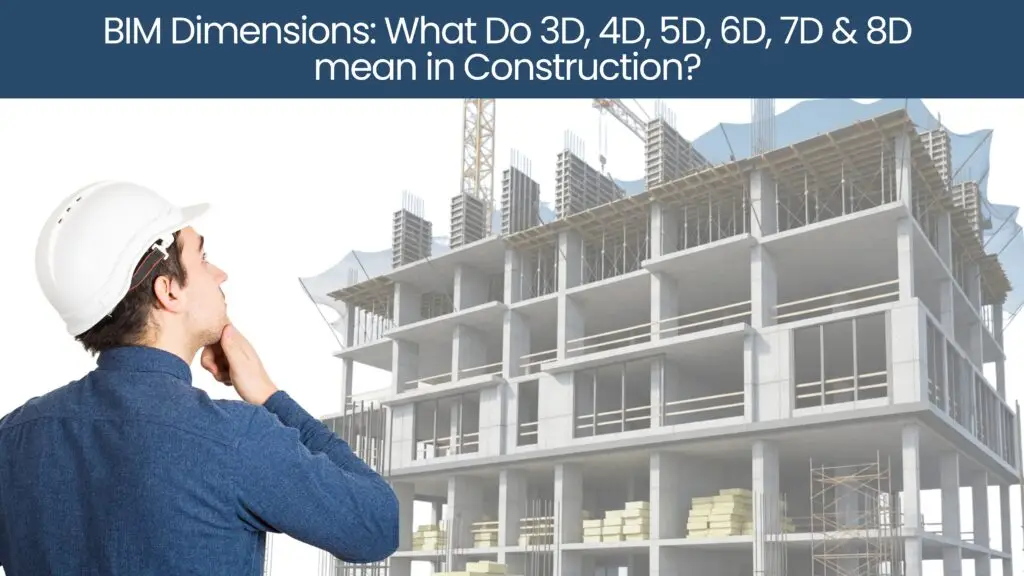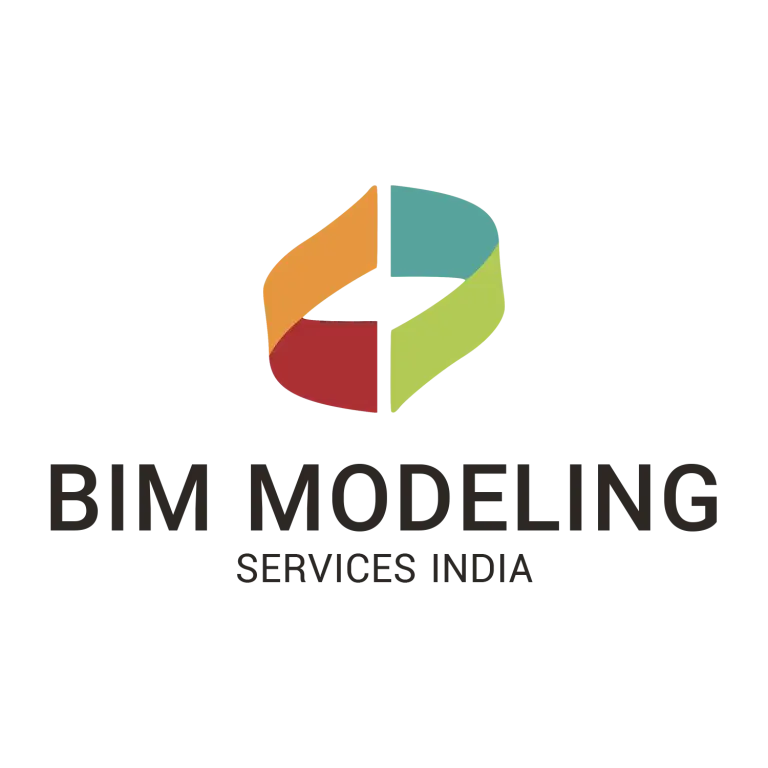
BIM is more than 3D models—it’s much more! Each BIM dimension adds another layer of useful information. 3D shows the visual design, and 4D adds time, helping you plan and track the construction schedule. 5D brings in cost details, so you can manage budgets better. 6D looks at energy and sustainability to design greener buildings. 7D helps with facility management once the building is in use. BIM expert teams even use 8D for safety and 9D for improving processes. These dimensions make construction smarter, faster, and more efficient from start to finish.
Understanding the Construction of BIM 4D and 5D
In the constantly evolving world of Architecture, Engineering, and Construction (AEC), Building Information Modeling has revolutionized project conceptualization, design, and subsequent implementation. It is no longer just a 3D modeling software; BIM is now a multi-dimensional, dynamic process that binds critical information at each stage, from design to construction to safety and facility management.
Today, experts in the industry regularly discuss BIM 4D and 5D and even BIM 6D, 7D, and 8D. What do these BIM dimensions really mean? What’s more important, how do BIM 4D and 5D construction techniques alter results of projects? We’ll look at every BIM dimension from 2D BIM to 8D with a particular concentration on the potential for game-changing effects in BIM 4D and 5D.
From 2D to 3D BIM: The Essential Foundation
The process began with 2D BIM, which is a reference to traditional construction drawings, such as plans, sections, and elevations that were created by hand or using CAD. Although it was effective at the time, 2D-limited collaboration often resulted in design errors.
The advent of 3D BIM marked a breakthrough. With digital modeling, objects can be represented using three dimensions: height, width, and depth, which enhances spatial comprehension. The most reliable BIM modeling service utilizes 3D modeling services to identify design conflicts, increase coordination, and minimize rework. This clarity of vision is the foundation upon which other BIM dimensions, like BIM 4D and 5D, are built.
BIM 4D: Integrating Time for Smarter Scheduling
BIM 4D adds a concept of time into 3D BIM, allowing teams to visualize construction schedules and track the progress of construction in time. A reputable BIM services company will link models with construction schedules and identify potential conflicts and improve logistical efficiency.
For large-scale projects, BIM 4D and 5D techniques for construction help teams reduce delays and allow them to plan better. Through accurate simulations, project leaders can explore different strategies for sequencing and enhancing workflows. Selecting the best BIM service provider allows stakeholders to plan ahead and increase the likelihood of a timely delivery.
BIM 5D: Cost Data for Real-Time Budget Control
While 4D handles timelines, 5D BIM provides a cost layer. Through integrating construction elements and real-time pricing and quantity information, BIM 5D facilitates accurate budgeting and financial forecasting.
Utilizing BIM 4D or 5D construction techniques, all those involved gain insight about the project’s financial condition. Fewer change orders and more accurate estimates of costs are possible through the use of reliable BIM structural services and a dedicated BIM services company. By utilizing automated quantity take-offs and integrated cost calculations, decision-makers can monitor budgets in real-time throughout the duration of the project.
BIM 6D: Sustainability and Environmental Data
BIM 6D introduces energy and environmental analysis to the mix. It allows engineers and designers to model lighting efficiency, HVAC efficiency, and water consumption, among many more. Through modeling sustainability in the early stages, teams can begin working towards zero-energy goals or LEED certification.
BIM management services that are compatible with BIM 6D provide clients with the tools needed to build sustainably. This sustainability-related information, when paired with BIM 4D or 5D, results in more efficient structures that are both efficient and sustainable.
BIM 7D: Enhanced Facility Management
BIM 7D allows operations and maintenance to be in focus. When the construction is completed, the document is transformed into a living model, or digital twin, with information on warranties and equipment maintenance plans.
Leading BIM services companies incorporate 7D-based data into their designs to enhance asset management after construction. Facilities teams can plan for preventive maintenance rather than reactive fixes, thus extending the lifespan of buildings and decreasing the cost of repairs in the long run. Incorporating this into BIM 4D or 5D allows a seamless transition from design to management.
BIM 8D: Prioritizing Safety
8D BIM introduces the vital component of safety-related planning. By incorporating safety protocols and hazards in the design, teams can identify and limit the risks associated with working on-site.
Integrating 8D BIM with BIM 4D or 5D construction allows for an integrated approach to project management in which safety, schedule, and costs are considered to be interconnected. When they are created by a certified BIM modeling service supplier, they can prevent accidents and ensure conformity with health and safety requirements.
The Role of a BIM Services Company
An all-inclusive BIM services company offers expertise in all of these areas that support construction, design, and operations. It could be offering BIM structural services and sustainability modeling and 3D modeling services; the objective is to improve the performance of buildings throughout their life cycle.
Insisting on the most professional BIM management services ensures an integrated, collaborative and data-rich work environment. Businesses that use BIM 4D and 5D construction tools transform static drawings into dynamic models that adapt to changes and make better decision-making.
Conclusion
Knowing the distinction between 2D BIM up to BIM 8D, isn’t a choice but an essential for all AEC professionals looking to improve the quality of their projects. As 3D BIM forms the visual base, the inclusion of BIM 4D and 5D construction can bring an element of cost and time control that is revolutionizing conventional building techniques.As the focus of the industry shifts to sustainability, safety and facility administration; the need for high-end BIM modeling services and comprehensive BIM management services is continuing to increase. If you choose a reputable BIM services company, the customers can improve effectiveness, decrease risk, and develop smarter, one dimension at a time.
